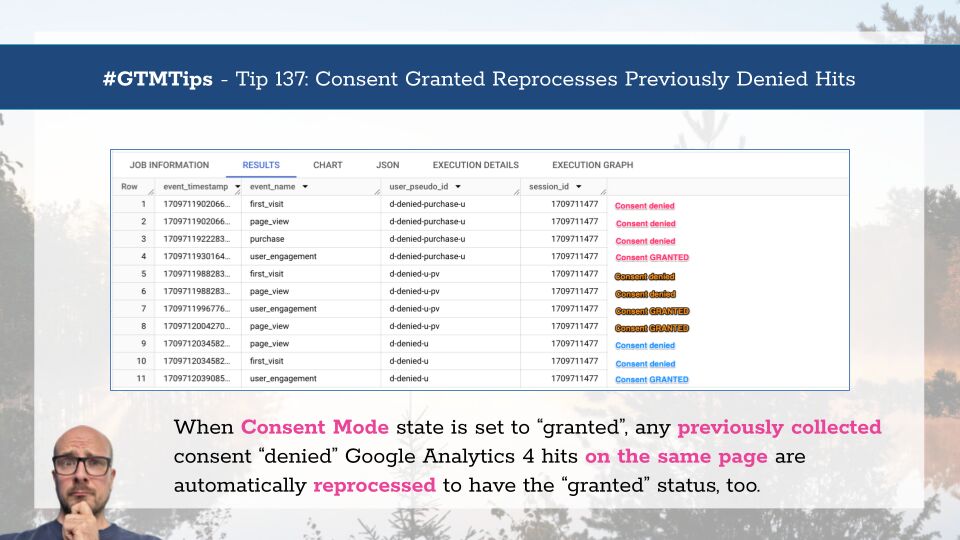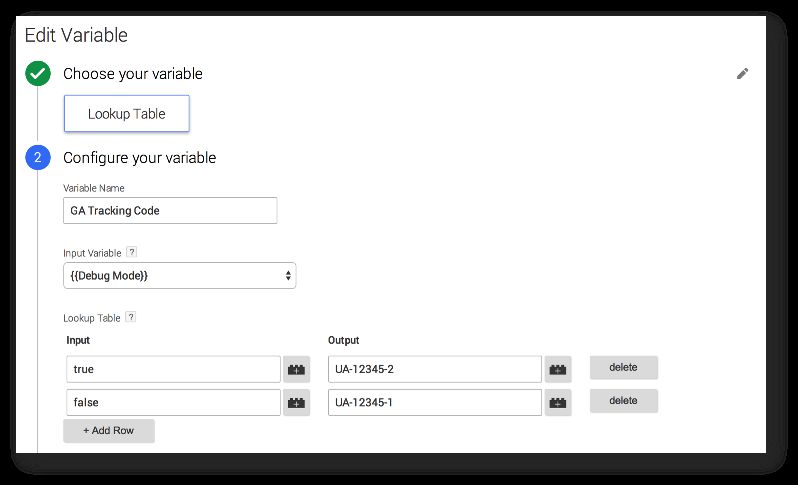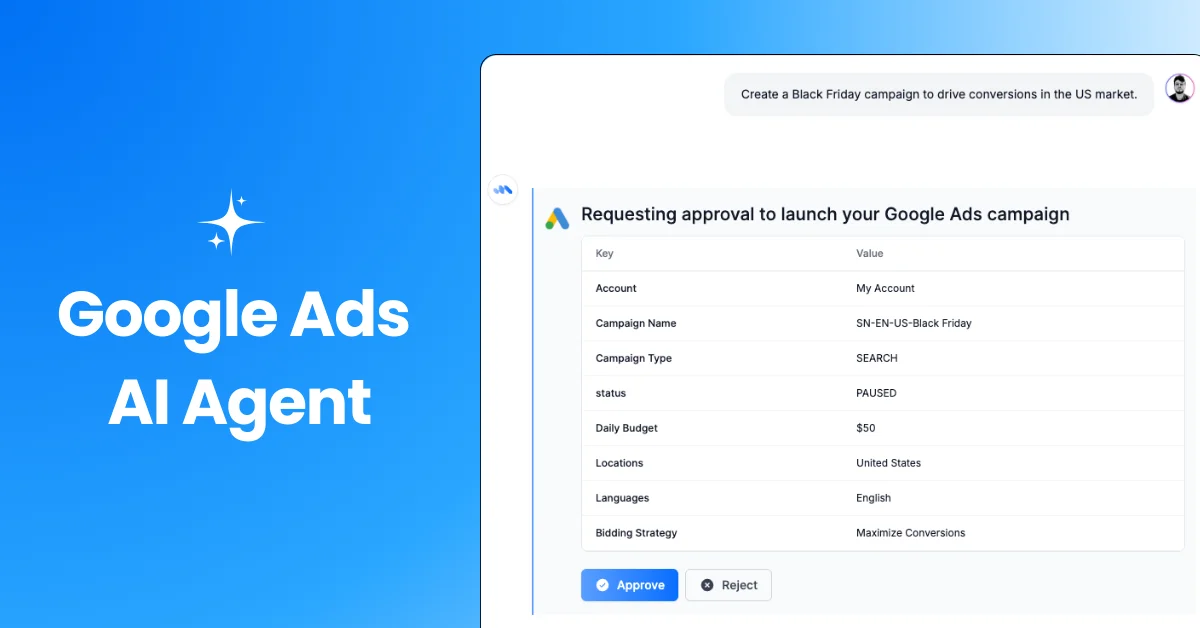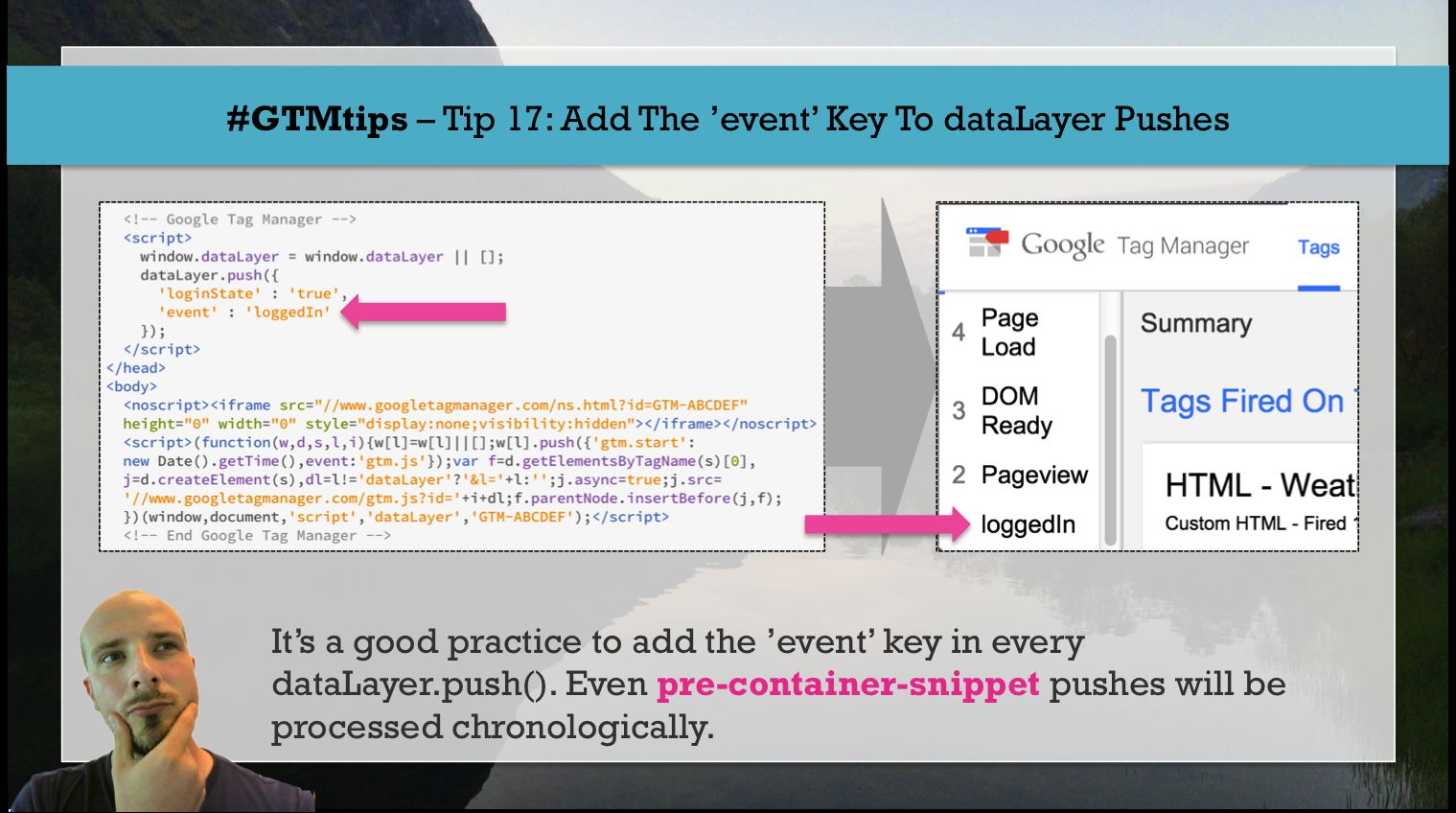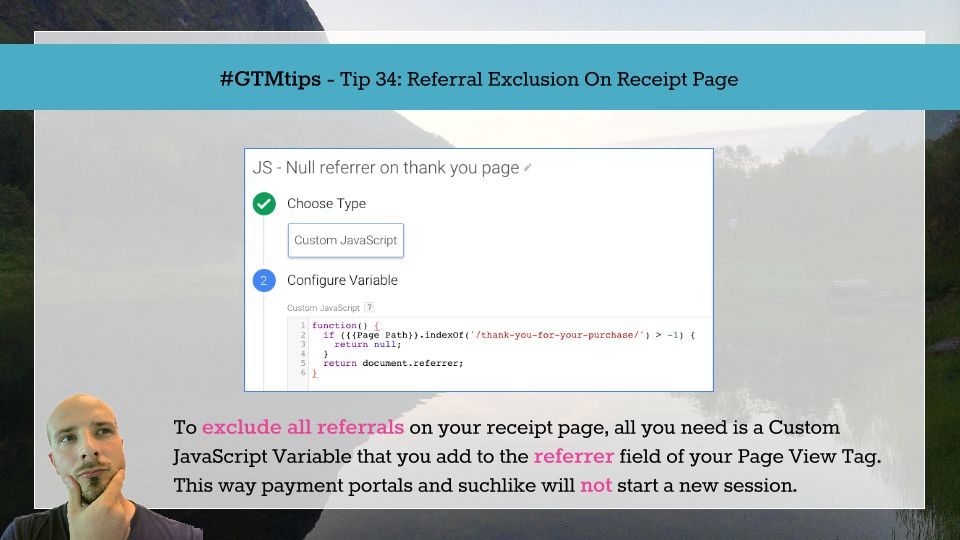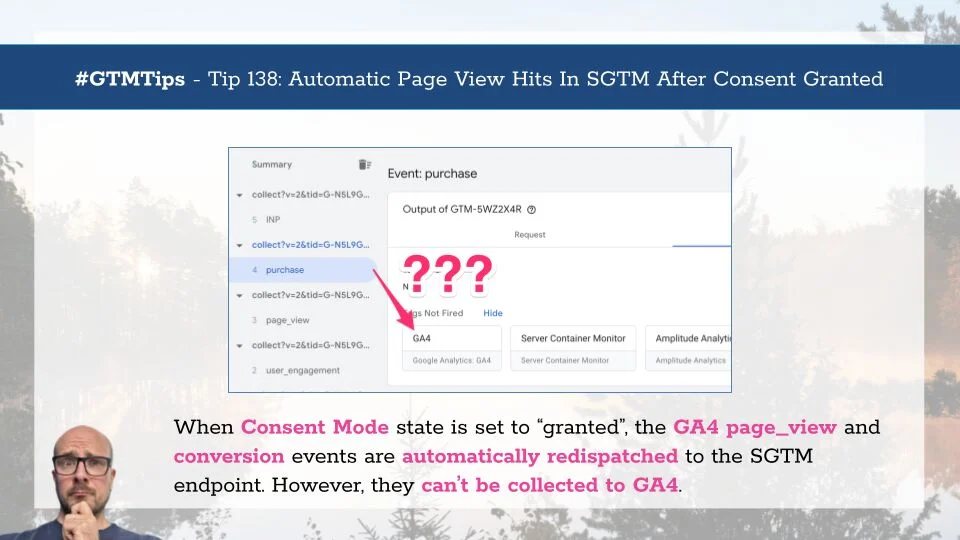
SGTM Automatically Dispatches GA4 Events After Consent Granted
1 years ago
Server-side Google Tag Manager (SGTM) now automatically redispatches GA4 events after Consent Mode consent is granted. However, these events can't be used for GA4 data collection. This automatic dispatch is primarily for Google's advertising tags. When consent is initially denied, then granted for ad_storage, these events are resent to the SGTM endpoint. This only applies when data is collected with Google Tag to a SGTM endpoint, and consent is granted for ad_storage.
